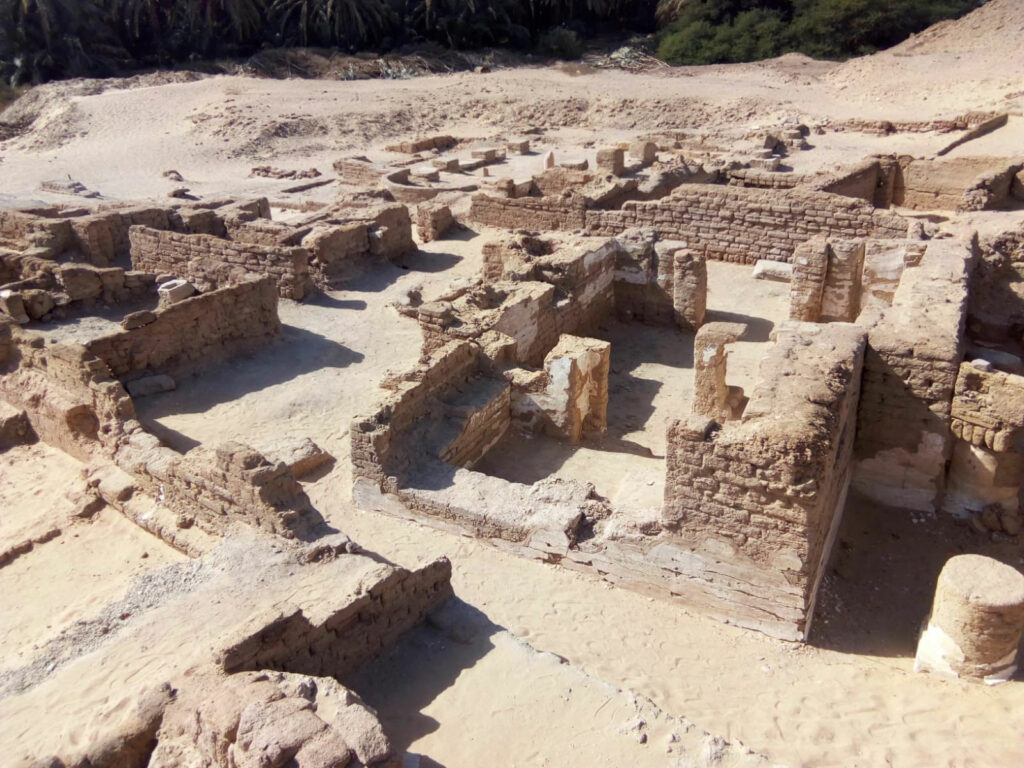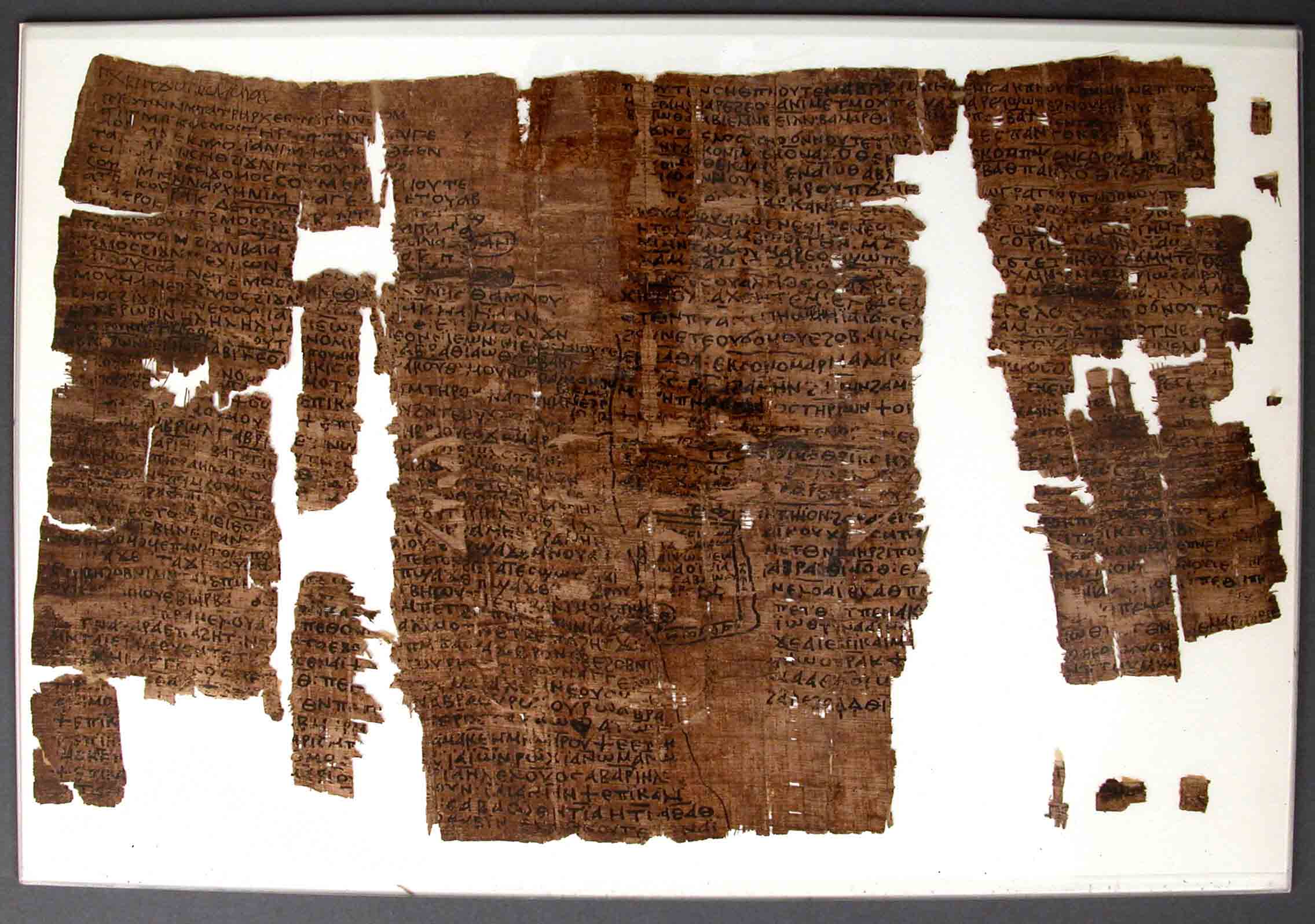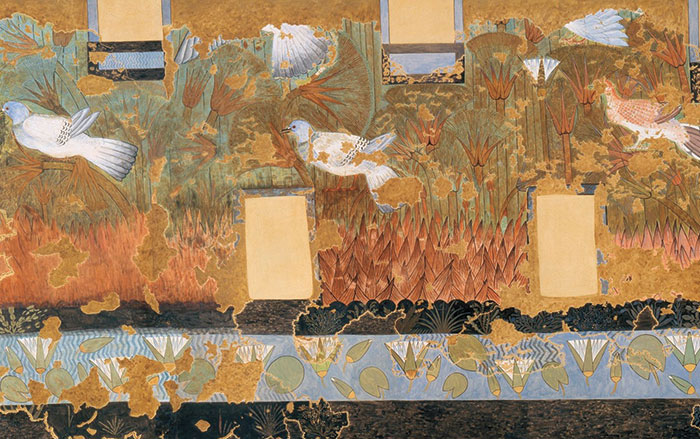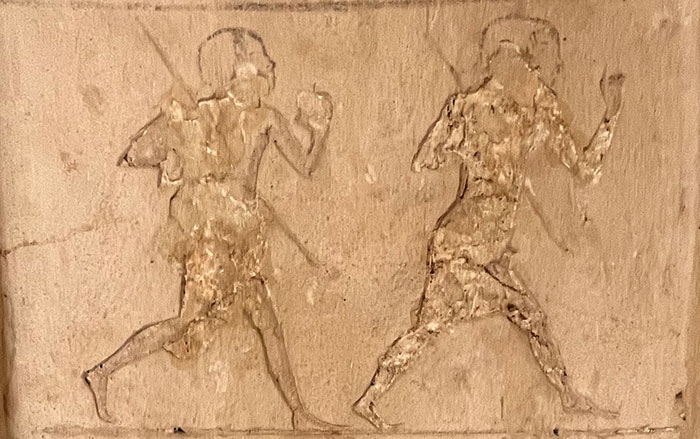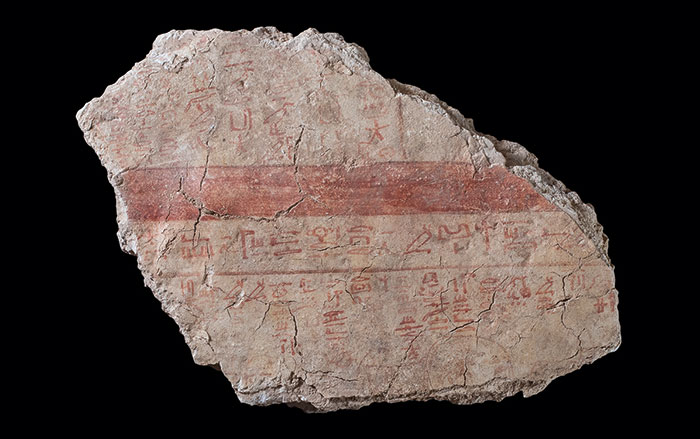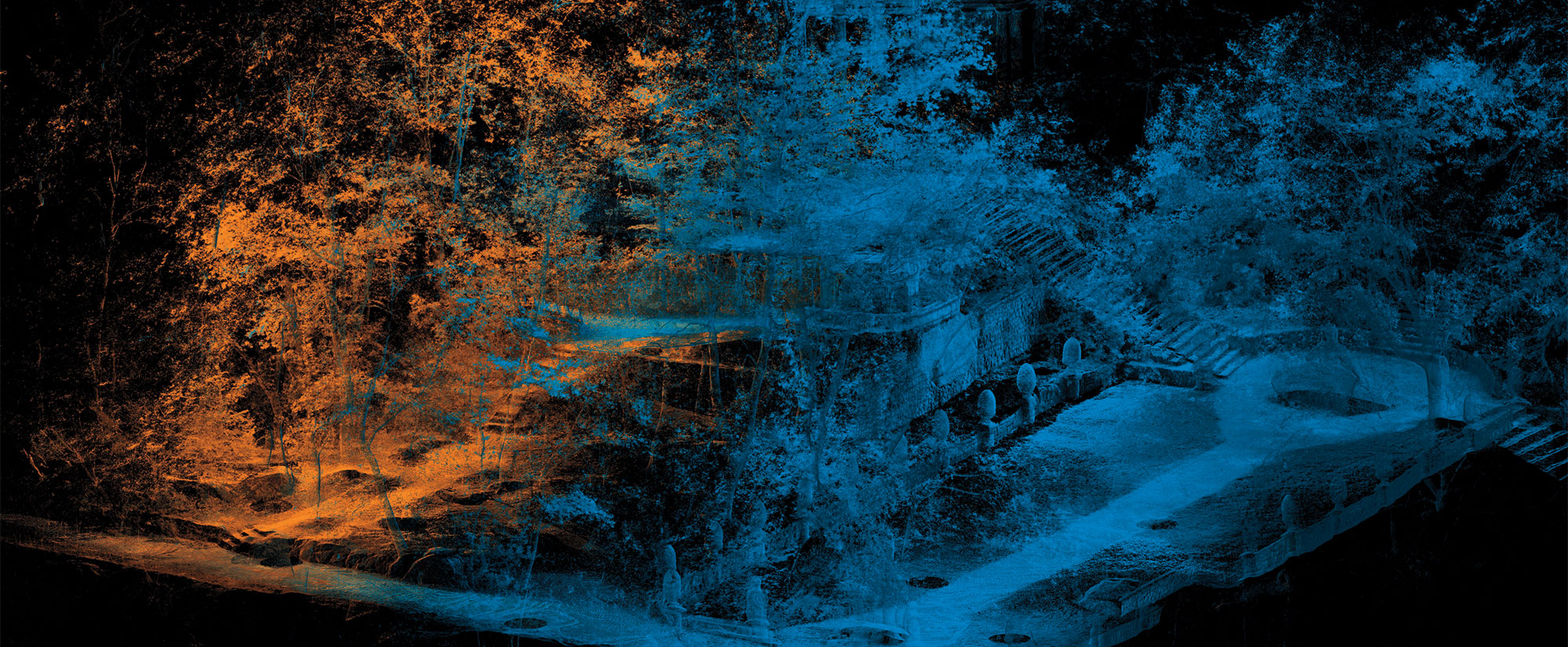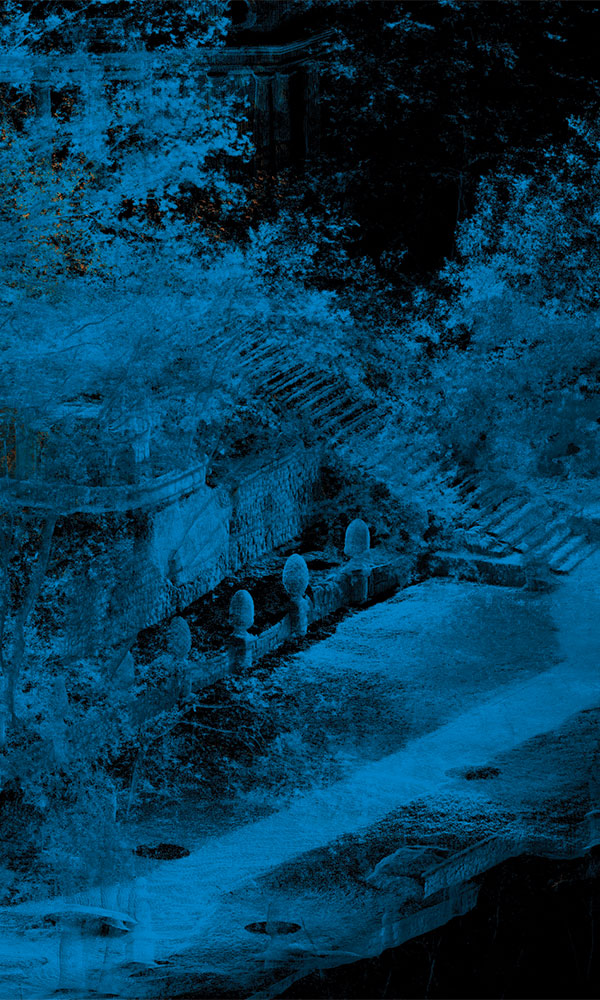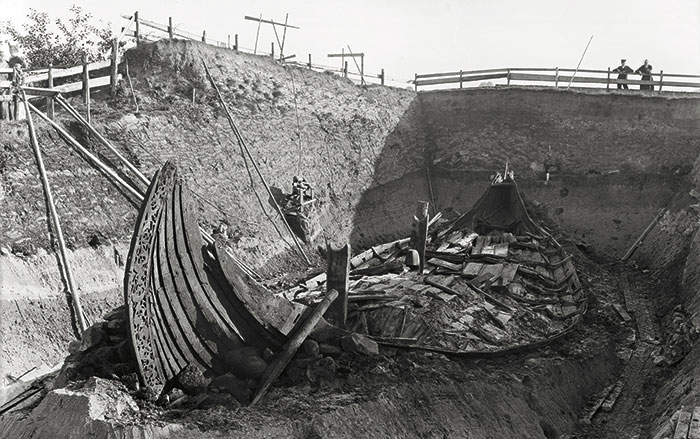AIN AL-KHARAB, EGYPT—Egyptian authorities announced that excavations in the Western Desert uncovered the remnants of an early Coptic city, according to a report by Egyptian Streets. The discovery at Ain al-Kharab in the Kharga Oasis highlights the transitional shift in Egypt from paganism to Christianity. During the Ptolemaic and early Roman eras in the third and second century b.c., the inhabitants of Ain al-Kharab practiced polytheism, but in the centuries that followed, the site became an important center of early Christian life. The team, under the auspices of the Supreme Council of Antiquities (SCA), unearthed rows of mudbrick residential homes, tombs, and two churches, the larger of which is a basilica-style structure composed of a central hall flanked by two aisles, with three rows of square columns. Excavations also revealed a mural depicting Jesus Christ healing the sick. According to Mohamed Ismail Khaled, Secretary-General of the SCA, the discovery is another significant addition to the ongoing research being conducted in Egypt’s western oases. “The findings confirm the Kharga Oasis’s importance as a religious and social center across various historical periods, especially at the beginning of the Coptic era,” he said. For more on recent archaeological research in Egypt, go to "An Egyptian Temple Reborn."
